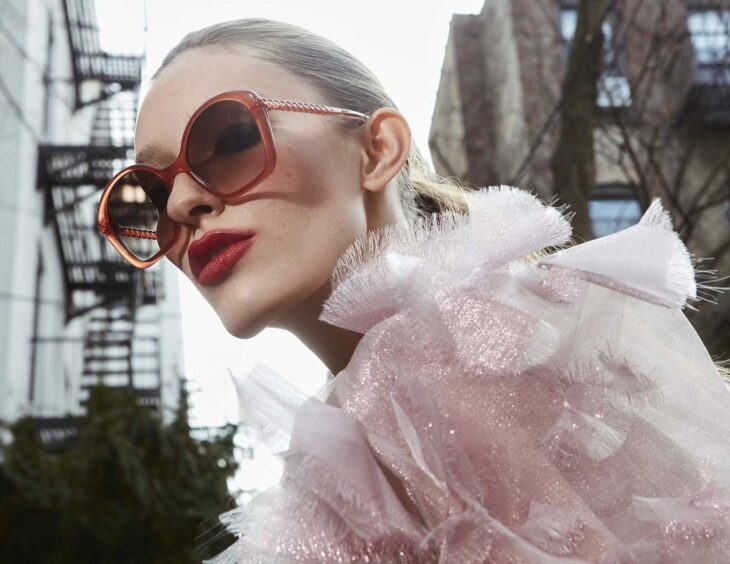
The average cost of eyewear and lenses in the US is $231 and $112, respectively, so many people might consider buying cheaper glasses and sunglasses, given how much these can cost. However, many cheap specs are also fakes, and wearing them can significantly damage your eyes.
Counterfeit eyeglasses are often made from lower-quality materials, which can make them uncomfortable and prone to breaking, leading to frequent replacements. The risks are even greater with fake sunglasses. According to Laurier Optical, such sunglasses may have dark lenses that lack UV protection, causing your pupils to dilate further in the sun and allowing more harmful light in. This can undermine the sunglasses’ main purpose of shielding you from UV damage. In the long run, that can lead to blindness through conditions like cataracts.
If you’re looking to invest in a long-lasting pair of glasses or want to buy sunglasses that will actually protect your eyes, you’ll want to look for certain indicators of authenticity as you go eyewear shopping. Here are some key signs to watch for.
Labels
One of the biggest signs of counterfeit eyewear is how it’s labeled. For example, watch for misspelled logos, stickers instead of engravings, crooked placement on the frames, or missing trademarks. If you’re buying glasses online, be sure to check the model numbers on each pair. You can get a good idea of what that means by looking at Ray-Ban’s catalog of eyeglasses. Here, non-tinted versions of popular frames like the Wayfarer aren’t simply labeled “Wayfarer Optics,” for example. If you read the Wayfarer’s product page, you’ll find it also comes with the unique model code “RB4340V 2000 50-22.” While you might find a pair of glasses labeled “Wayfarer Optics” for less elsewhere online, it’s likely a fake if the listing doesn’t include the specific model code.
Point of origin
Another simple way to spot counterfeit eyewear is by checking where it was made. If you’re buying from a specific brand, verify the location of its manufacturing center and compare it to the packaging of the frames. For instance, Quiksilver’s sustainable sunglasses – crafted from upcycled wetsuits – were exclusively produced by French eyewear company Oceneo. If you come across a pair from this limited-edition range that says “Made in China,” it’s most likely a fake.
Lens standards
As mentioned above, many counterfeit sunglasses can be harmful as they lack proper UV protection. To ensure your lenses meet safety standards, check for markings like “CE” or “UV400” on the frames. If you’re shopping online, confirm that the product page explicitly states the model blocks “100% UVA and UVB rays.” Another great way to check for UV-blocking lenses that meet industry specifications is to determine if they comply with optical standards set by the International Organization for Standardization (ISO). ISO 12312 is the most critical label you’ll want to see on a sunglasses product page, and this standard comes in three different parts depending on what the pair has been tested for. For example, Oakley sunglasses have an ISO 12312 Part 3 rating that guarantees they’re suitable for sun protection during physical activities like running and swimming. ISO standards also update over time. Most reputable brands in the eyewear industry comply with the most recent ones, making ISO a great way to guarantee authenticity.
Overall quality
Finally, look at the actual quality of the eyewear itself. Glasses or sunglasses with discolored lenses, squeaky hinges, and loose screws point to a poor quality that’s usually associated with counterfeit products. While stylish eyewear models are meant to be lightweight as they are often made with plastic, acetate, or even eco-friendly compounds, they aren’t meant to feel flimsy. Examine the packaging and accessories that typically accompany authentic eyewear. Genuine purchases usually include paperwork, a case, a cleaning cloth, and a branded box or bag. Each item should display the brand’s logo. If these are missing from your purchase, the eyewear is likely counterfeit.
Images from Sunny Side Up by Eric Hason – see full article here.